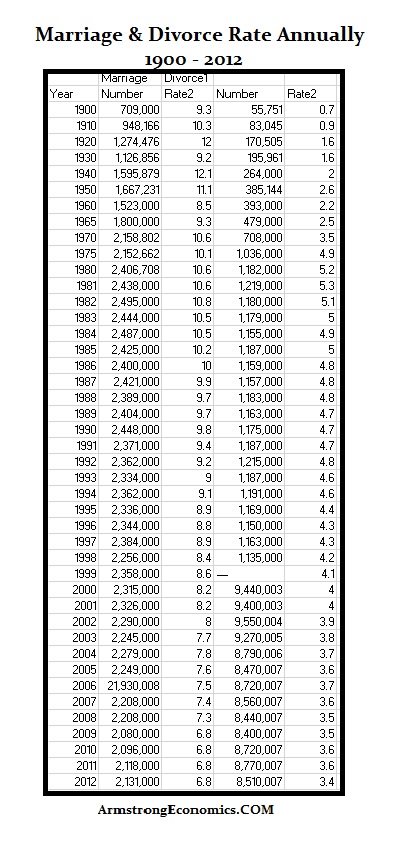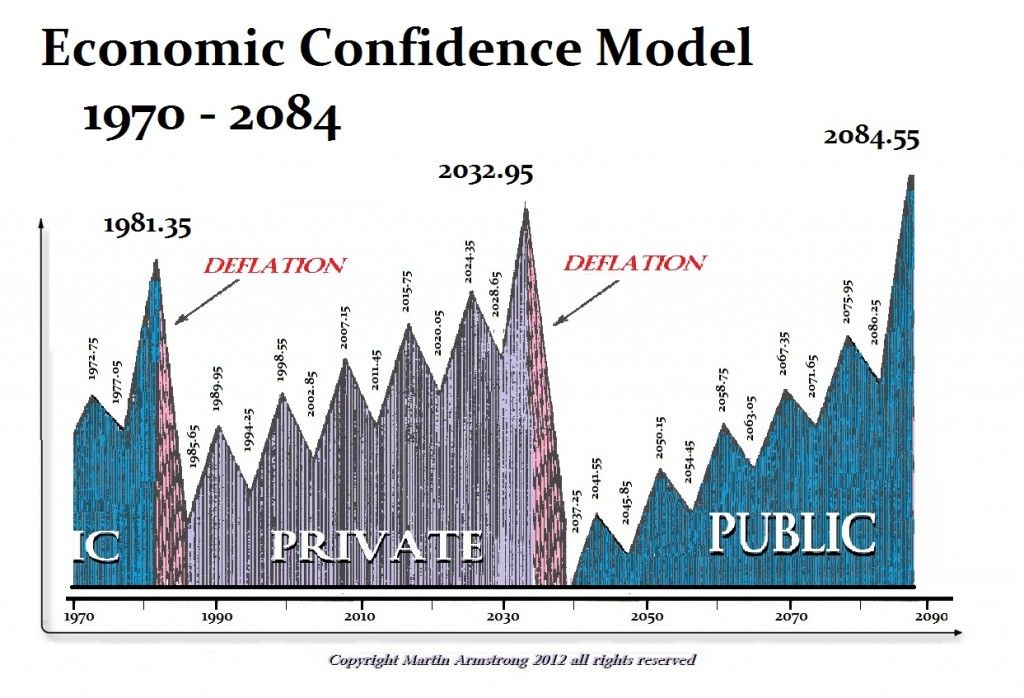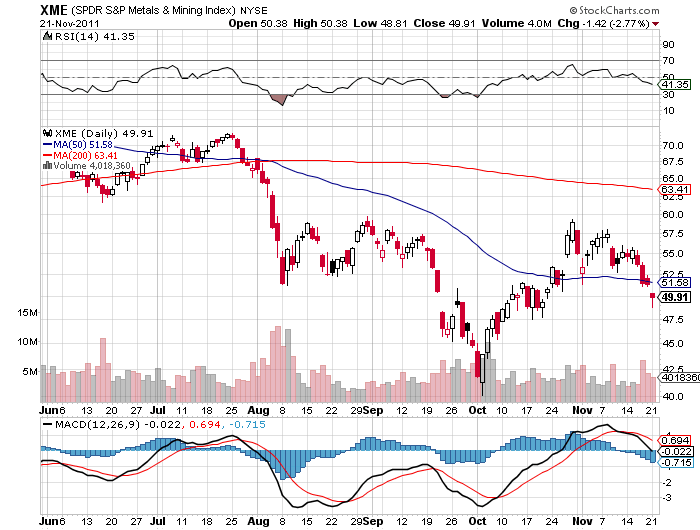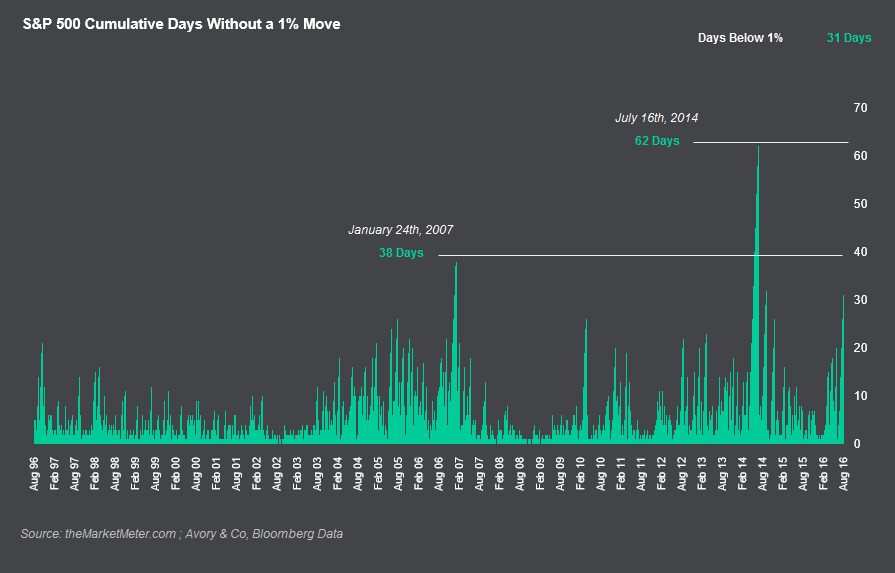Timing & trends

It’s official. Canadians now spend more on taxes than they do on food, housing, and clothing. Well, politicians have to eat first. Their kids have to be educated to rule their generation.
The Fraser Institute has calculated that the average Canadian family now pays $34,154 in taxes in total, which includes all the “hidden” business taxes that are passed along in the price of goods and services. They have distinguished the visible and hidden taxes that would now equal 42.4% of the total average Canadian family income in 2015, which they have estimated at $80,593. The Fraser study estimates the average Canadian family spends $30,293 on housing, food, and clothing or about 37.6% of the family’s income.
This will only get worse for politicians always know how to spend other people’s money while pretending they will someone give them more, which never materializes. In the 1930s before income tax, the woman traditionally stayed at home to raise the children because it was normal for one income to suffice to feed the family. Now it takes two incomes and the women MUST work in the average family. It is no longer possible to survive on just one income.
 The divorce rate has risen with taxation. The number one reason for divorce is always money. The divorce rate peaked in 1981 with the peak in the Economic Confidence Model that marked the peak in the last public wave. What has transpired since then was an initial decline in divorce began with the Reagan tax cuts and the same is seen in Britain with Maggie Thatcher and Canada. Now note that also marriages have declined from 10.8% in 1982 to only 6.8% by 2012. Marriage is on the decline and children are living with their parents into their 30s. Now 18 to 34-year-olds who live with their parents has reach a record high of 31.5% in 2015. The birth rate has fallenfrom about 40 per thousand to only 10 per thousand from 1775 to 2000.
The divorce rate has risen with taxation. The number one reason for divorce is always money. The divorce rate peaked in 1981 with the peak in the Economic Confidence Model that marked the peak in the last public wave. What has transpired since then was an initial decline in divorce began with the Reagan tax cuts and the same is seen in Britain with Maggie Thatcher and Canada. Now note that also marriages have declined from 10.8% in 1982 to only 6.8% by 2012. Marriage is on the decline and children are living with their parents into their 30s. Now 18 to 34-year-olds who live with their parents has reach a record high of 31.5% in 2015. The birth rate has fallenfrom about 40 per thousand to only 10 per thousand from 1775 to 2000.
The bigger government grows, the lower the standard of living. But taxes are also reducing birth rates and marriages. Talk to girls under 30. The majority say they do not want to bring in children to this world.
Something is seriously wrong. But government is addicted to stealing the people’s money. That means this will not end very nicely.
…related: A Disturbing State of Affairs



What goes up does come down? Cycles do work, and we must follow the swings!
Cycles are a forecast of the possible support or resistance zones, price and volume action determine if the actual turn is likely. That is the difference between a forecast and the actual event! You can learn more about readtheticker.com cycle logic at our Jim Hurst pages.
Crude Oil up swing running out of juice!

Small Caps very extended, near the end, a down swing can be expected.

Investing Quote…
“Thus, I affirm, every class of phenomena, whether in nature or in the stock market, must be subject to the universal law of causation and harmony. Every effect must have an adequate cause.” ~ William D Gann
“Markets are designed to allow individuals to look after their private needs and to pursue profit. It’s really a great invention and I wouldn’t under-estimate the value of that, but they’re not designed to take care of social needs.” ~ George Soros
“Markets are constantly in a state of uncertainty and flux and money is made by discounting the obvious and betting on the unexpected.” ~ George Soros
“Successful speculation requires staying on top of changes in industries and companies that either create new industries or improve on existing industries. The majority of your profits will come from these two … The shrewdest traders throughout history all adapted the skill of reactionary change, as the market constantly presents new and different opportunities.” ~ Bernard Baruch
“Wall Street is the only place that people ride to in a Rolls Royce to get advice from those who take the subway.” ~ Warren Buffett
related: Gerald Celente Sees Worst Market Crash, New Military Conflict, and Gold Spike to $2,000/oz

 In 2010, my eldest daughter was preparing to leave for university and I wanted to do something special for her. So trying to be a good Dad, I decided to write her a brief letter on what I had learned over the course of my own career that I thought would be helpful to her. My successes, failures and a few principles that guided my actions. She graciously agreed that it was a good idea and that I should write the letter.
In 2010, my eldest daughter was preparing to leave for university and I wanted to do something special for her. So trying to be a good Dad, I decided to write her a brief letter on what I had learned over the course of my own career that I thought would be helpful to her. My successes, failures and a few principles that guided my actions. She graciously agreed that it was a good idea and that I should write the letter.
In the letter, I wrote down a handful of principles of what had worked for me, as I had literally gone from the stock room to the board room, and felt that I had some good ideas to offer her. However, when the letter was complete, I read through it and realized that something was missing. While the suggestions were good, it was missing my overarching philosophy or approach to my career, not just the steps that I took along the way. It wasn’t the things that I did in my career, it was my mindset that was important. My approach had been one of a growth mindset and that I believed in developing good habits and constant progress towards worthy goals. So I added to the letter that whatever she does, she should strive to develop good disciplines and habits to help her along the road.
After finishing the letter, I decided it was an important message for other people too. If was take this idea of continuous improvement through the development of good habits and turn it into a book, it would help many more people, so that is what I decided to do. Rather than just talk about it, I decided to describe each of the 100 Daily Habits that I felt were important and that I would improve each day. I believed that it was not about doing 1 thing 100% better, but it was about doing 100 things, 1% better each day.
Fast forward to 2016, and 73,000 words later, the book is in the final stages and will be released this fall. It’s called The 1% Solution – How Small Daily Improvement Produce Massive Long-term Results. I fundamentally believe that in life there’s no short cut. Rather, the path to significance is achieved through the continuous and daily improvement of habits, which compound over time to create big results. It takes time, effort, and perseverance to develop these good habits and the more time to see the cumulative effects turn into results.
Creating this book has been a labor of love since I was really focused on creating something that would help people overcome their own obstacles, so they can achieve their own big dreams and goals.
If you want to know more about it, you can get early notification of my book by here.
Thanks and stay tuned,
Eamonn
related:

Summary
Looking back at 20 years.
Forward returns are historically muted as cumulative days increase.
Approaching record levels.
As shown by our chart above, we haven’t had a 1% move in 31 days now for the S&P 500 (NYSEARCA:SPY). This is starting to approach record levels since 1996.
….related:

















